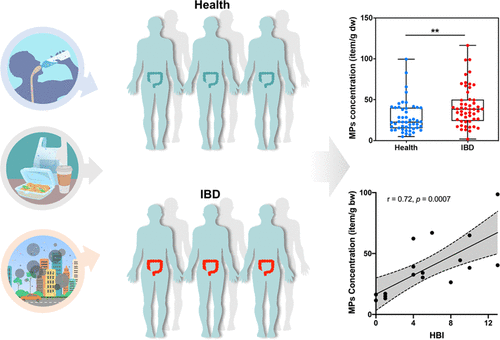Low-Carb Diets More Effective than Medication for IBS
/By Pat Anson, PNN Editor
Diets low in carbohydrates are more effective than medication in treating irritable bowel syndrome (IBS), according to a new study that found over 70% patients had significantly reduced symptoms after changing their eating habits.
IBS is an intestinal condition that causes abdominal pain, cramps, bloating, gas and diarrhea. An imbalance in gut bacteria is suspected as a possible cause of IBS, and symptoms can be aggravated by stress or eating a large meal.
Researchers at the University of Gothenburg in Sweden enrolled over 300 people with severe or moderate IBS symptoms in a randomized clinical trial, dividing them into three groups.
The first group was given traditional IBS dietary advice, while also focusing on a low intake of fermentable carbohydrates, known as FODMAPs. Foods such as lactose, legumes, onions and whole grains were avoided because they are poorly digested, tend to ferment in the colon, and cause IBS pain.
The second group also had a diet low in carbohydrates, but high in protein and fat. In the third group, there were no dietary changes and laxatives, antidiarrheals, antibiotics and other medications were given based on the patient's symptoms. The treatment period for all three groups was four weeks.
The study findings, published in The Lancet Gastroenterology & Hepatology, show that 76% of participants in the FODMAP group had significantly reduced IBS symptoms. That compares to 71% of patients in the low-carb/high protein and fat group, and only 58% in the medication-only group. All three groups reported better quality of life, and less anxiety and depression.
Even after six months, when participants partially returned to their previous eating habits, a large proportion still had significant symptom relief: 68% in the FODMAP group and 60% in the low-carb/high protein and fat group.
“Although we found evidence that dietary treatments were more efficacious than medical treatment after 4 weeks, all three treatment options showed significant and clinically meaningful efficacy,” wrote lead author Sanna Nybacka, PhD, a researcher and dietician at the University of Gothenburg.
“The sustained positive effects of dietary interventions suggest their potential as first-line treatments for IBS, although patient preference, compliance, cost-effectiveness, and effects on nutritional status and the gut microbiota would need to be accounted for.”
Dietary advice for IBS typically includes sitting down during meals, chewing foods thoroughly, and avoiding excessive intake of coffee, alcohol, fizzy drinks, and fatty or spicy foods.
Foods low in FODMAPs include rice, potatoes, quinoa, and gluten-free pasta and bread, as well as a variety of vegetables, fruits, fish, beef and chicken.
Red Cabbage Juice Improves Gut Health
A new study by researchers at the University of Missouri found that juice from red cabbage can also improve gut health and ease inflammation in the digestive tract caused by Inflammatory Bowel Disease (IBD).
Symptoms of IBD and IBS are similar, but in IBD they become chronic, causing anemia, bleeding, weight loss and fever. About three million Americans live with IBD, including Crohn’s disease and ulcerative colitis.
In studies on laboratory mice with IBD, red cabbage juice relieved their intestinal inflammation. Mice are often used to study IBD because colitis in mice closely resembles ulcerative colitis in humans.
“Red cabbage juice alters the composition of gut microbiota by increasing the abundance of good bacteria, resulting in increased production of short chain fatty acids and other bacteria derived metabolites ameliorating inflammation,” said lead author Satyanarayana Rachagani, PhD, an Associate Professor of Veterinary Medicine & Surgery at the University of Missouri
“Its ability to modulate gut microbiota, activate anti-inflammatory pathways and enhance immune regulation underscores its potential as a valuable therapeutic agent for IBD and related inflammatory disorders.”
The study is published in the International Journal of Molecular Sciences.
Red cabbage juice is rich in antioxidants and Vitamin C, and has long been used as a natural remedy to reduce inflammation and improve overall health. It is also a good source of dietary fiber.











